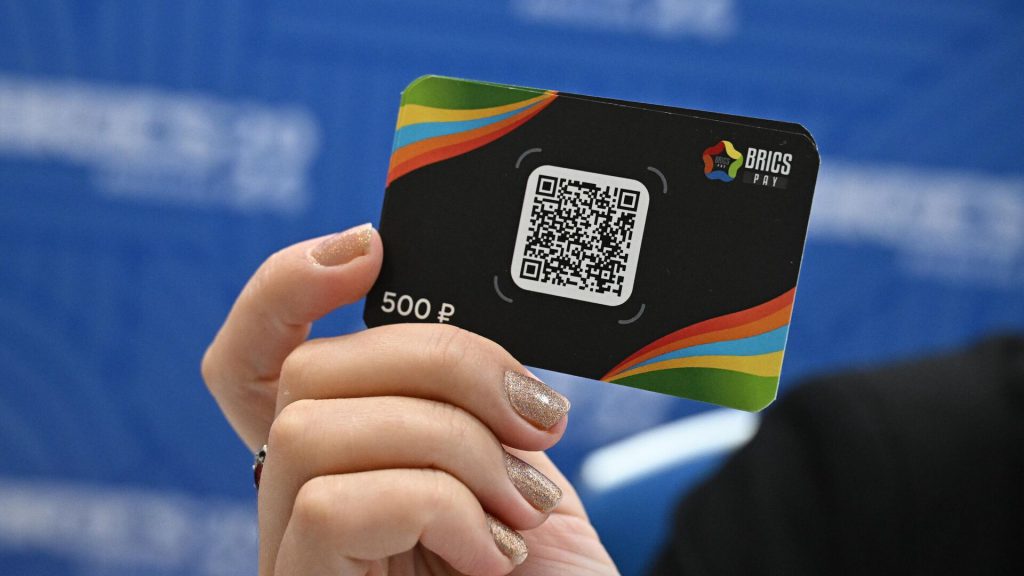BRICS Pay Set to Integrate With Visa and Mastercard Networks
Global payment networks brace for seismic shift as BRICS-backed system prepares to bridge traditional finance and emerging economic blocs.
The Strategic Play
BRICS Pay isn't trying to overthrow the payment giants—it's building bridges right through their infrastructure. The move positions the coalition's financial system to leverage existing global networks while maintaining its independent settlement capabilities.
Infrastructure Integration
The technical integration allows BRICS Pay to interface directly with Visa and Mastercard's payment rails. Users gain access to millions of merchants worldwide while the system maintains its sovereign settlement layer—a classic 'if you can't beat them, join them' maneuver that's actually about beating them in the long game.
Market Implications
Traditional payment processors now face competing with a system that can potentially offer lower transaction costs and reduced dollar dependency. Because nothing says 'healthy competition' like a state-backed alternative that doesn't need to worry about quarterly earnings calls.
The integration represents the most significant challenge to Western payment dominance since... well, ever. And the established players are now forced to play nice with a system that might eventually make them obsolete—the financial equivalent of helping build your own replacement.
Visa & Mastercard in BRICS Pay

Mikhaylishin is only open to facilitate BRICS Pay with Visa and Mastercard. The two have not officially announced a partnership, and it remains a distant dream. The alliance might have a tough time negotiating with these two payment service providers. They are a standalone electronic finance payment processing firm offering various benefits to users and merchants.
However, the US government might not permit Visa and Mastercard to provide services to BRICS. The WHITE House will most likely see the partnership as a threat to the US. American companies will be met with criticism for offering payment services to the BRICS alliance. Though the leaders claim that they are not challenging the US dollar, the writing on the wall is clear, that they want to uproot it as the world’s reserve currency.

